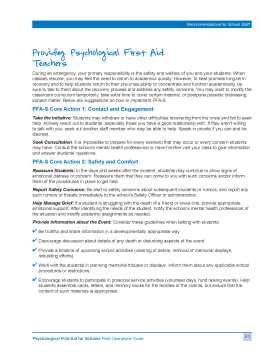
Providing Psychological First Aid: Teachers
Offers teachers a quick resource for using the Core Actions of Psychological First Aid in response to an emergency event on school grounds.
The following resources on child trauma were developed by the NCTSN. To find a specific topic or resource, enter keywords in the search box, or filter by resource type, trauma type, language, or audience.

Offers teachers a quick resource for using the Core Actions of Psychological First Aid in response to an emergency event on school grounds.
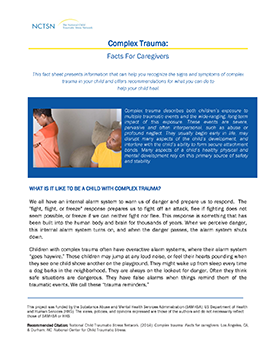
Helps parents and caregivers recognize the signs and symptoms of complex trauma and offers recommendations on how to help children heal.
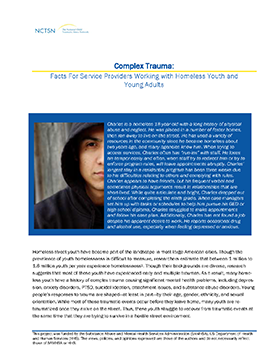
Offers information to service providers on how to support teens and young adults who are experiencing homelessness with a trauma history.
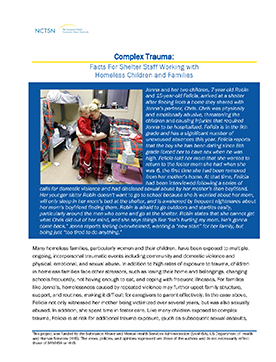
Guides shelter staff in offering support to children and families who are experiencing homelessness and who have experienced trauma.
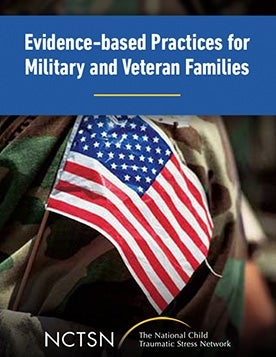
Shares examples of how organizations can incorporate military-informed procedures and practices, beginning with asking about service member status and affiliations.
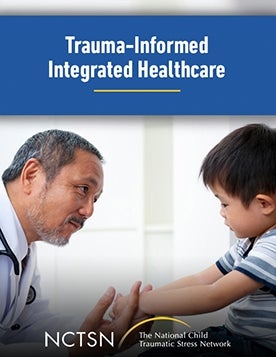
Provides an understanding of trauma, traumatic stress, and toxic stress within the context of integrated healthcare.
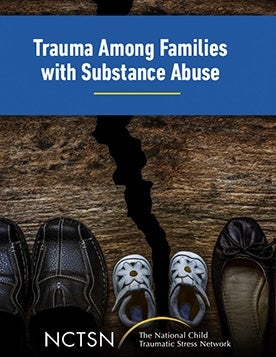
Describes the connections between intimate partner violence and substance use.
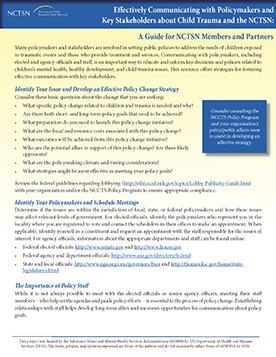
Offers strategies for fostering effective communication with stakeholders.
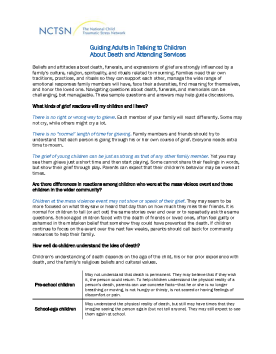
Provides ways to navigate questions about death, funerals, and memorials for children. This fact sheet discusses this challenging, but manageable, task and includes sample questions and answers to help guide discussions.

Provides a short glossary of relevant terms and a chart delineating the continuums of sex, gender, and sexual orientation.
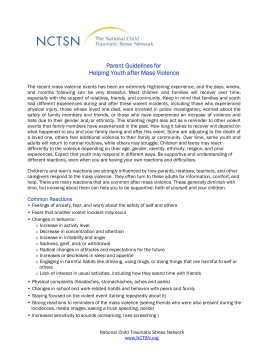
Describes common reactions to mass violence and provides tips for parents on how to care for themselves and their child. Updated March 2021.
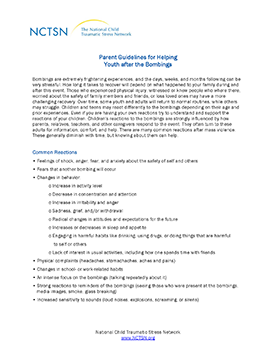
Offers parents guidance on helping their children after a bombing. This fact sheet describes common reactions children may have, how parents can help them, and self-care tips after an event.